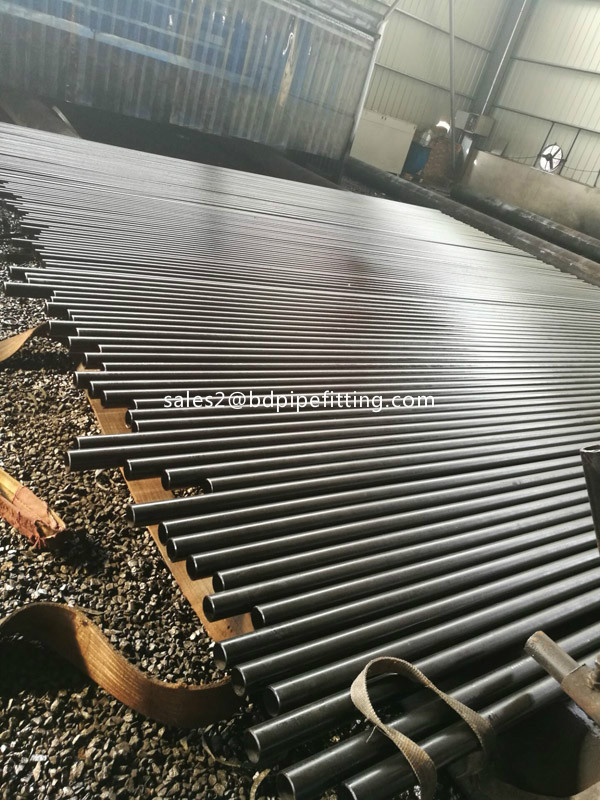The chemical composition of steel is one of the important factors that affer the quality and end-use performance of steel. It is also the main basis for the preparation of steel and even the heat treatment system of the final product. Therefore, in the technical requirements of the steel standard, the first item usually specifies the grade (steel grade) and its chemical composition applicable to the steel, and is included in the standard in the form of a table. It is the chemical composition of the steel and steel for the inspection of the production enterprise and the customer. An important basis.
The chemical composition specified in the general standard refers to the smelting component. It refers to the chemical composition of steel in the middle of smelting and pouring. In order to make it representative, that is, to represent the average composition of the furnace or tank, it is stipulated in the sampling standard method that the molten steel is cast into small ingots in the sample mold, and the sampling chips are shaved or drilled thereon according to the prescribed standards. The method (GB/T223) is analyzed, and the results must conform to the standard chemical composition range, which is also the basis for customer acceptance.
Terminology 1 delivery status related to 16mn steel pipe
It refers to the state of final plastic deformation or final heat treatment of the delivered product. Generally referred to as hot rolling or cold drawing (rolling) state or manufacturing state without heat treatment; heat treatment delivered by heat treatment, or normalized (normalization), quenching, solid solution, annealing according to the type of heat treatment status. When ordering, the delivery status must be indicated in the contract.
Delivered by actual weight or delivered by theoretical weight
Theoretical Weight - When delivered, the weight of the product is the weight calculated from the nominal size of the steel. The calculation formula is as follows (required to be delivered according to the theoretical weight, it must be stated in the contract):
The theoretical weight of steel pipe per meter (the density of steel is 7.85kg/dm3):
W=0.02466(DS)S
Actual weight - when delivered, the weight of the product is delivered on a weighing (overweight) basis;
Where: W--Steel pipe theoretical weight per meter, kg / m;
D--the nominal outer diameter of the steel pipe, mm;
S--The nominal wall thickness of steel pipe, mm.
Guarantee condition
According to the provisions of the current standards, the inspection and guarantee of compliance with the standards are called guarantee conditions. The guarantee conditions are further divided into:
A. Agreement guarantee conditions: In addition to the basic guarantee conditions, there are still "in accordance with the requirements of the demander, negotiated by the supplier and the buyer, and marked in the contract?" or "when the demander requests ..., it should be noted in the contract "There are other customers who impose strict requirements on the basic guarantee conditions in the standard (such as composition, mechanical properties, dimensional deviation, etc.) or increase inspection items (such as ellipticity of steel pipes, uneven wall thickness, etc.). At the time of ordering, the supplier and the buyer shall negotiate and sign the supply technical agreement and indicate it in the contract. Therefore, these conditions are also called the agreement guarantee conditions. Products with agreed guarantee conditions are generally subject to price increase.
B. Basic guarantee conditions (also known as mandatory conditions). Whether or not the customer is stated in the contract. The inspection shall be carried out in accordance with the standards and the inspection results shall be in compliance with the standards.
Process performance tests such as chemical composition, mechanical properties, dimensional deviation, surface quality, and flaw detection, hydraulic testing, or flattening or flaring are all mandatory conditions.
Portrait and landscape
In the standard, the longitudinal direction refers to the direction parallel to the machining direction (ie, the direction of machining); the horizontal direction refers to the direction perpendicular to the machining direction (the machining direction is the axial direction of the steel pipe).
When performing the impact work experiment, the fracture of the longitudinal specimen is perpendicular to the machining direction. Therefore, it is called the transverse fracture; the fracture of the transverse specimen is called parallel to the machining direction, so it is called the longitudinal fracture.
Batch
The "batch" in the standard refers to one inspection unit, that is, the inspection lot. If the batch is delivered in batches, it is called the delivery batch. When the delivery quantity is large, one delivery lot can include several inspection lots; when the delivery quantity is small, one inspection lot can be divided into several delivery lots.
The composition of the "batch" usually has the following provisions (see the relevant standards for details):
A. Each batch shall consist of steel pipes of the same grade (steel grade), the same furnace (tank) number or the same master furnace number, the same specification and the same heat treatment system (heating).
B. For high-quality carbon steel structural pipes and fluid pipes, it can be composed of steel pipes of the same grade, the same specification and the same heat treatment system (heating) of different furnaces (tanks).
C. Each batch of welded steel pipe shall consist of the same grade (steel grade) and steel pipe of the same specification.
High quality steel and high quality steel
In GB/T699-1999 and GB/T3077-1999 standards, the brand with the word "A" behind it, is high-quality steel, and vice versa.
Premium quality steel is superior to high quality steel in some or all of the following:
A. Reduce the content range of ingredients;
B. Reduce the content of harmful elements (such as sulfur, phosphorus, copper);
C, to ensure higher purity (requires less non-metallic inclusions);
D, to ensure higher mechanical properties and process performance.






